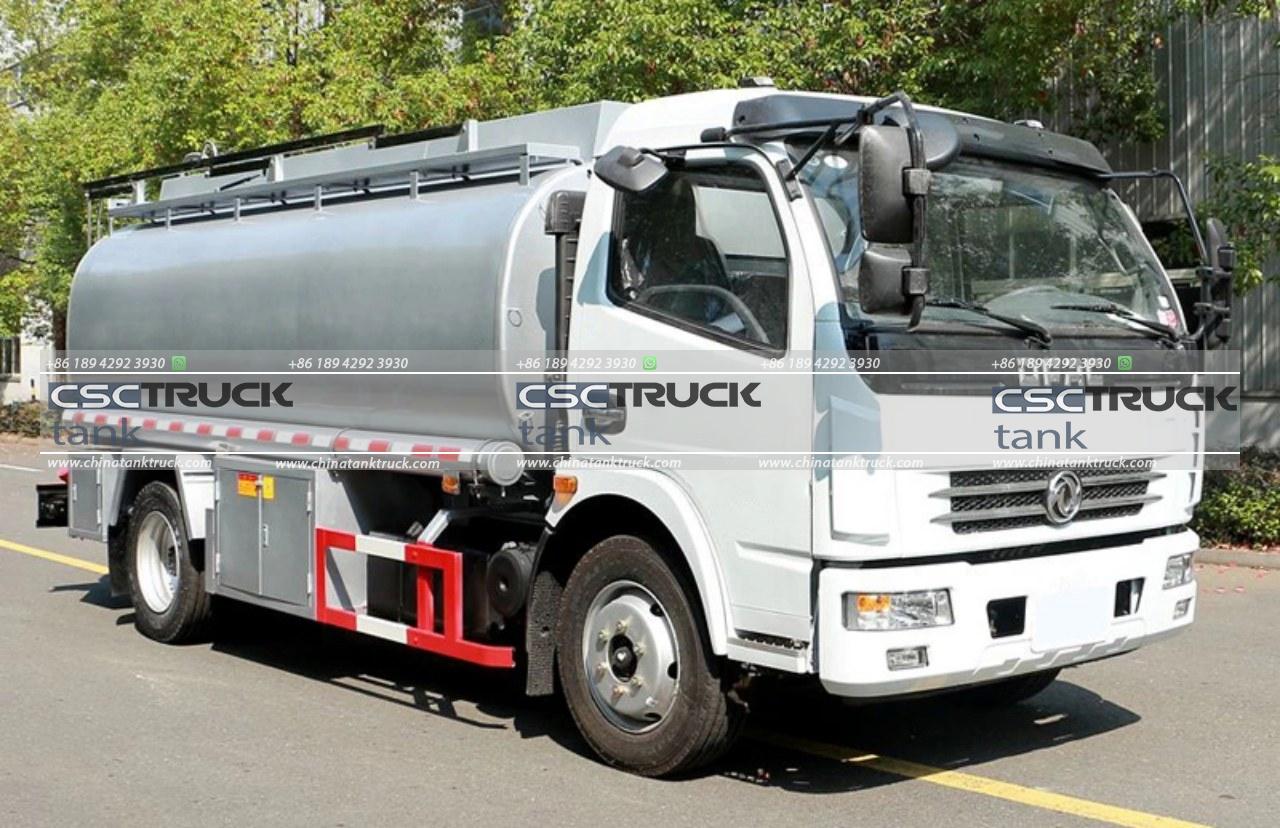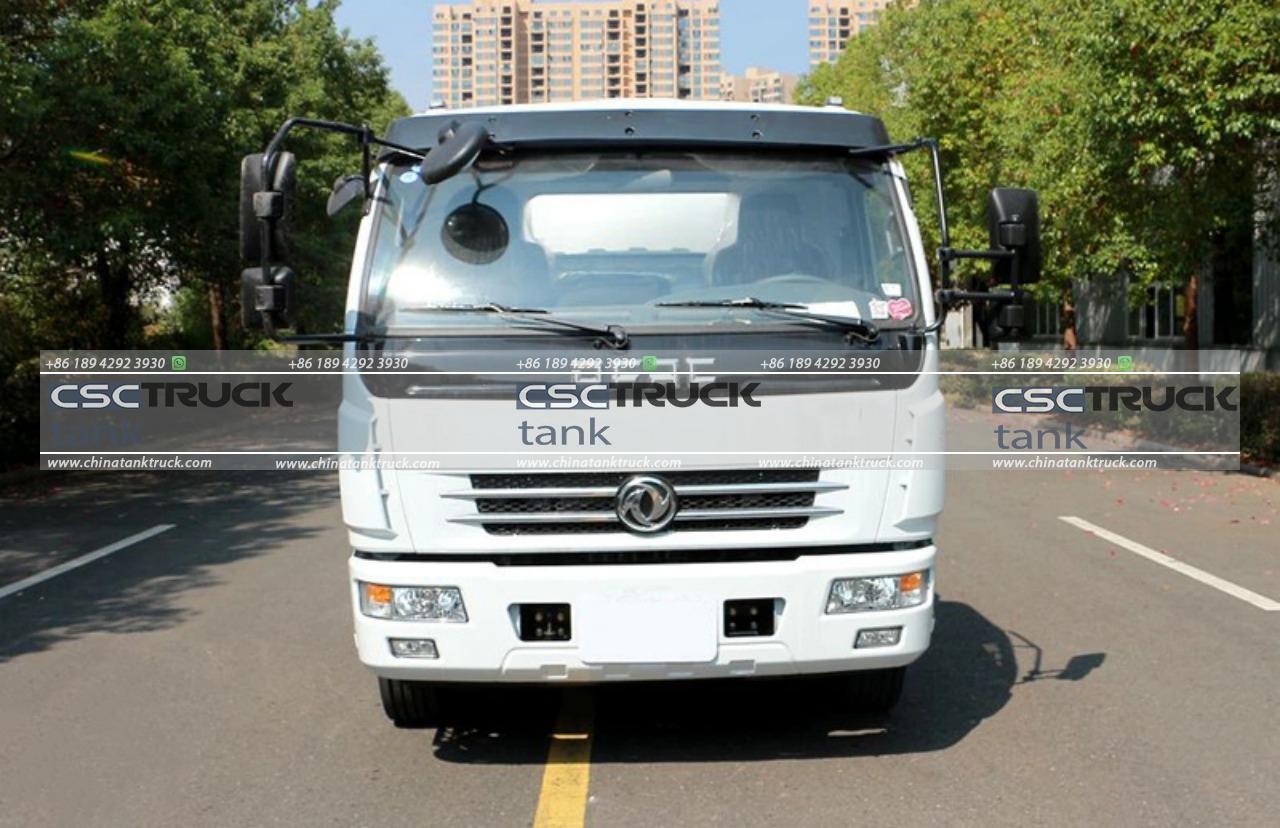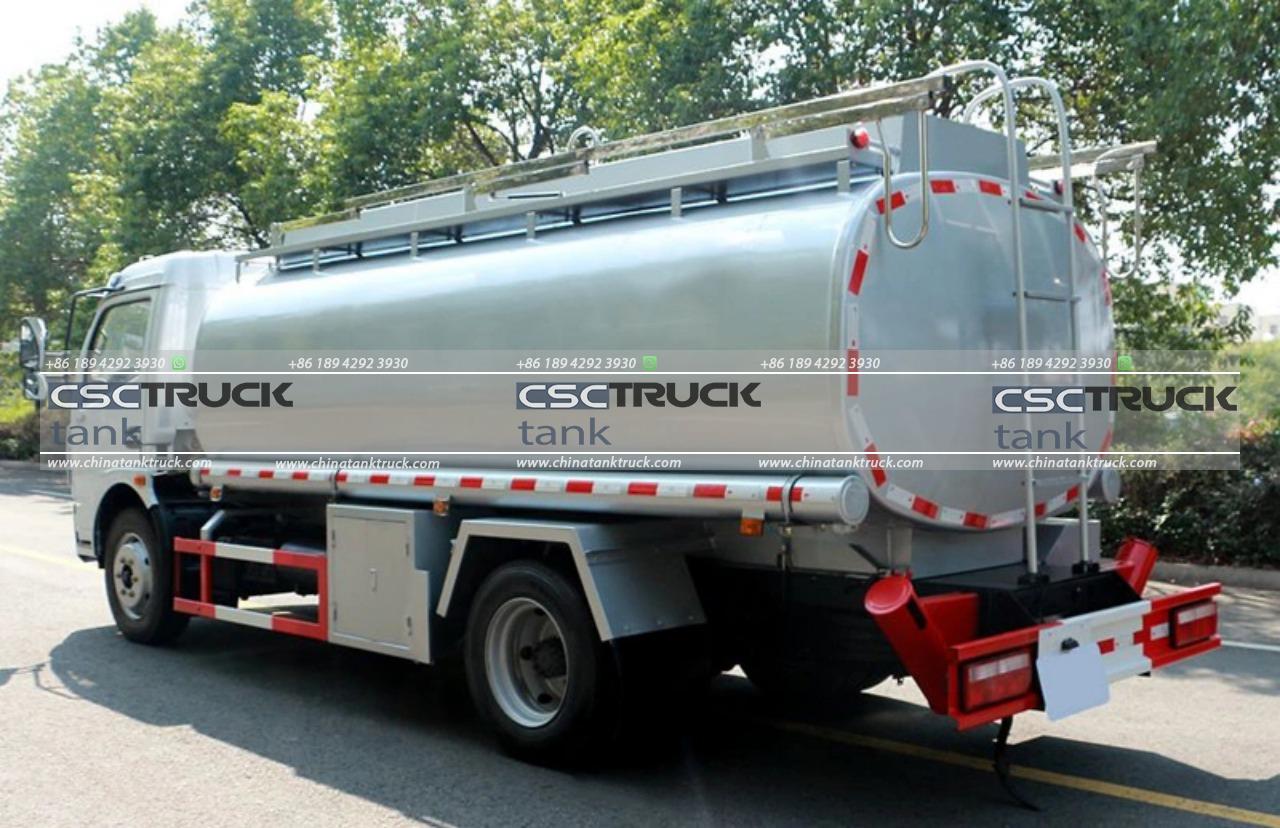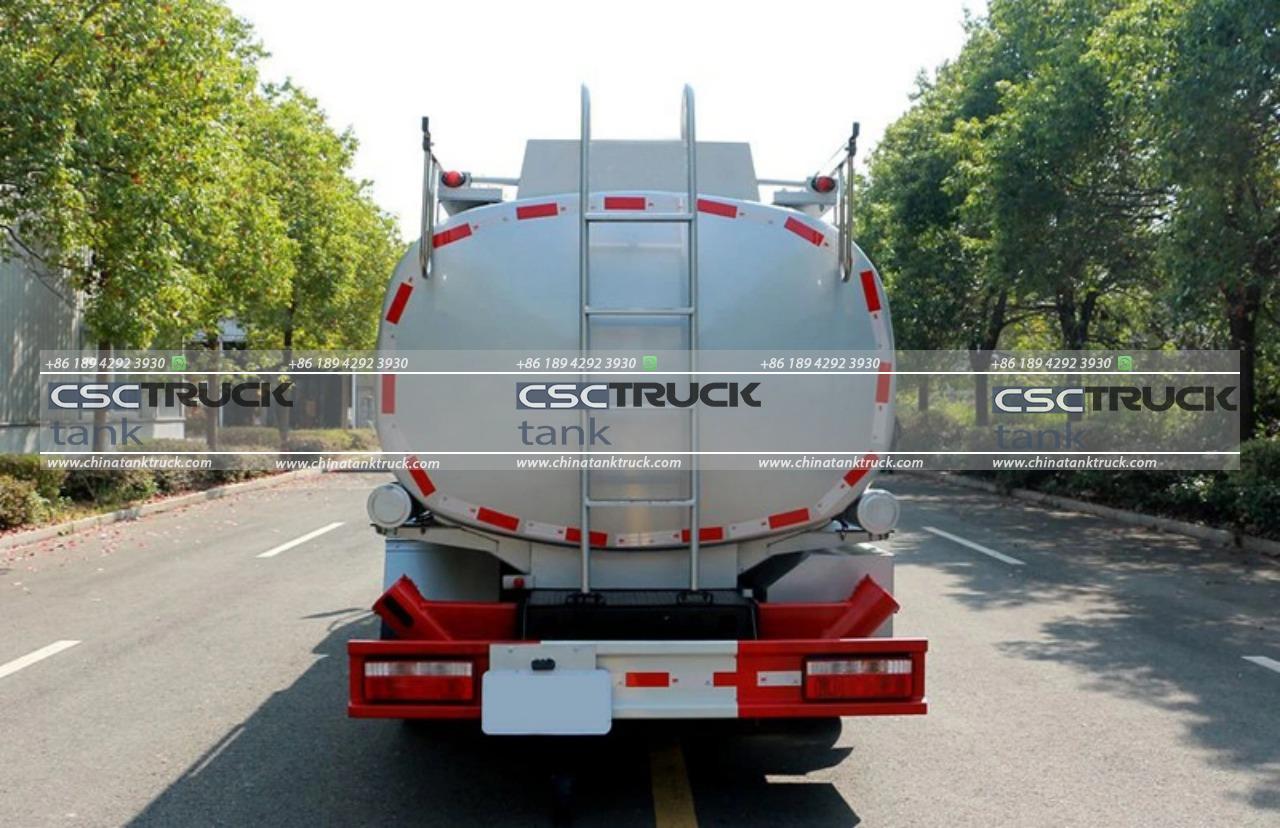What is the Biggest Drawback of a Diesel Engine?
Diesel engines have long been regarded for their power, fuel efficiency, and longevity. They’re the powerhouses behind heavy-duty trucks, industrial equipment, marine vessels, and even some passenger vehicles. Diesel engines operate differently than gasoline engines, using compression to ignite the fuel-air mixture rather than spark plugs. This approach delivers better fuel economy, especially for larger vehicles, and grants diesel engines impressive torque for pulling and towing. However, diesel engines are not without their drawbacks. From environmental concerns to operational expenses, there are significant downsides associated with diesel power. Below, we’ll examine the biggest drawbacks of a diesel engine.
1. Environmental Impact
One of the primary criticisms of diesel engines revolves around their environmental footprint. Diesel engines emit more nitrogen oxides (NOx) and particulate matter (PM) than gasoline engines, which poses serious environmental and health risks.
– Nitrogen Oxides (NOx): Diesel engines produce higher levels of NOx, a compound that contributes to air pollution and can lead to respiratory problems, particularly in urban areas. NOx emissions can also contribute to acid rain, harming soil, water bodies, and plant life.
– Particulate Matter (PM): Diesel exhaust contains fine particulate matter, often referred to as “soot.” PM can be inhaled deeply into the lungs and even enter the bloodstream, posing a risk to human health. It has been associated with respiratory diseases, cardiovascular issues, and even certain cancers.
– Greenhouse Gas Emissions: Although diesel engines emit slightly less carbon dioxide (CO2) than gasoline engines due to their fuel efficiency, they still contribute significantly to global greenhouse gas emissions. Diesel’s contributions to CO2 emissions make it a target of environmental policies aiming to curb climate change.
To mitigate these environmental impacts, diesel engines often use after-treatment systems like selective catalytic reduction (SCR) and diesel particulate filters (DPF). While effective in reducing harmful emissions, these systems add complexity and cost, affecting both the engine’s operation and maintenance.

2. Higher Purchase and Maintenance Costs
Diesel engines generally cost more than gasoline engines due to their heavy-duty construction. The components in a diesel engine must withstand higher compression forces, which requires stronger materials and engineering. This translates to higher upfront costs for diesel-powered vehicles.
– Initial Cost: Diesel engines tend to be more expensive to manufacture, making them pricier for consumers and businesses. For example, a diesel vehicle can cost several thousand dollars more than its gasoline equivalent. This upfront expense may deter individual buyers, particularly those who don’t require the heavy-duty performance offered by diesel.
– Maintenance and Repair: Diesel engines require specialized maintenance. For instance, diesel fuel injectors are more complex than gasoline injectors, making them more prone to clogging or failure if not maintained. Additionally, the high-pressure fuel systems used in diesel engines can wear out over time, leading to expensive repairs. The diesel particulate filter (DPF) also requires periodic cleaning or replacement, adding to the maintenance costs.
– Specialized Mechanics: Diesel engines are more complicated to repair, often requiring mechanics who specialize in diesel technology. This specialization can make repairs more costly than for a typical gasoline engine.
3. Fuel Costs and Availability
Diesel fuel, in many regions, is more expensive than gasoline. This price difference has diminished diesel’s fuel economy advantage, especially for individual users. Although diesel is more energy-dense and can offer better fuel economy, the higher price per gallon often erodes these savings. Diesel fuel prices are also subject to fluctuations, influenced by factors like seasonal demand, crude oil prices, and government taxes.
– Availability in Certain Areas: Diesel may not be readily available at every fuel station, especially in rural or remote areas. Limited access can be inconvenient for those who rely on diesel vehicles for daily commuting or business operations.
– Alternative Fueling Costs: In response to environmental pressures, many diesel engines are being adapted to accept alternative fuels like biodiesel. While this is beneficial for reducing emissions, it also adds complexity to the fueling process and, at times, additional costs.

4. Cold Weather Performance
Diesel engines can struggle in cold climates. Diesel fuel has a higher viscosity than gasoline, and at low temperatures, it can begin to gel, making it difficult to start the engine. Cold temperatures can also thicken the oil in diesel engines, leading to increased wear on the starter and battery. Although there are additives and engine block heaters available to combat this, they add additional cost and inconvenience.
– Gelling of Diesel Fuel: In freezing conditions, diesel fuel can gel, causing the engine to stall or refuse to start. This is particularly problematic for diesel vehicles operating in colder climates. Diesel fuel additives can be used to prevent gelling, but they add an extra layer of preparation and cost.
– Battery Strain: Cold weather places extra strain on the battery due to the increased energy needed to heat the glow plugs and crank the engine. Over time, this wear can necessitate more frequent battery replacements for diesel vehicles operating in cold regions.
5. Noise and Vibration
Diesel engines are louder and produce more vibration than gasoline engines, which can affect the driving experience. Diesel engines produce a characteristic “knocking” sound, caused by the rapid pressure rise in the cylinder as fuel is ignited. For applications like passenger cars, this noise can be a major drawback.
– Cabin Noise: For passenger vehicles, especially in the premium segment, cabin noise is a significant concern. Despite advances in noise reduction, diesel engines are generally noisier than gasoline engines, which can be off-putting to some drivers.
– Engine Vibration: The higher compression ratios in diesel engines also result in more noticeable vibrations. This can contribute to wear on engine mounts and other components over time, increasing maintenance requirements.

6. Slower Acceleration and Performance Limitations
Diesel engines are renowned for their torque rather than horsepower. While this makes them excellent for towing and heavy-duty applications, it limits their appeal for sports or high-performance vehicles. Diesel engines generally don’t rev as high as gasoline engines, which affects their acceleration and speed capabilities.
– Limited RPM Range: Diesel engines operate at lower RPMs compared to gasoline engines, which is ideal for towing but not for rapid acceleration. This lower RPM range makes diesel engines less responsive in situations where quick acceleration is needed, such as overtaking on highways.
– Turbo Lag: Many modern diesel engines are turbocharged to improve power and efficiency, but this can introduce turbo lag—a delay between pressing the accelerator and feeling the engine respond. This lag can be inconvenient, particularly in city driving.
7. Health and Regulatory Concerns
Diesel engines face increasing scrutiny from regulatory bodies worldwide due to their emissions profile. Cities are introducing low-emission zones, and countries are implementing stricter emissions standards that diesel engines must meet to remain viable.
– Emission Regulations: Many cities are moving towards banning or restricting diesel vehicles to curb pollution. Regulations such as the European Union‘s Euro 6 and California’s stricter NOx limits require diesel vehicles to use advanced emission control systems, increasing both the complexity and the cost of diesel engines.
– Health Concerns: Diesel exhaust, especially from older engines, has been classified as a carcinogen by the World Health Organization. This has spurred both regulatory measures and public opinion shifts against diesel vehicles, especially in densely populated areas.

Conclusion
Diesel engines offer several distinct advantages, especially in terms of fuel efficiency and torque for heavy-duty applications. However, their drawbacks are significant, particularly in light of environmental, health, and regulatory pressures. The environmental impact of NOx and particulate matter emissions, higher purchase and maintenance costs, and operational limitations in cold weather present notable challenges. Additionally, the high cost of diesel fuel, the noise and vibration associated with diesel operation, and concerns over acceleration performance make diesel engines less attractive to some consumers. As alternative powertrains like electric and hybrid engines become more viable and cost-effective, diesel’s role may continue to diminish, especially in passenger vehicles. For industries and applications where diesel engines remain essential, advancements in emissions control technology will be crucial to ensure their place in a cleaner, greener future.

